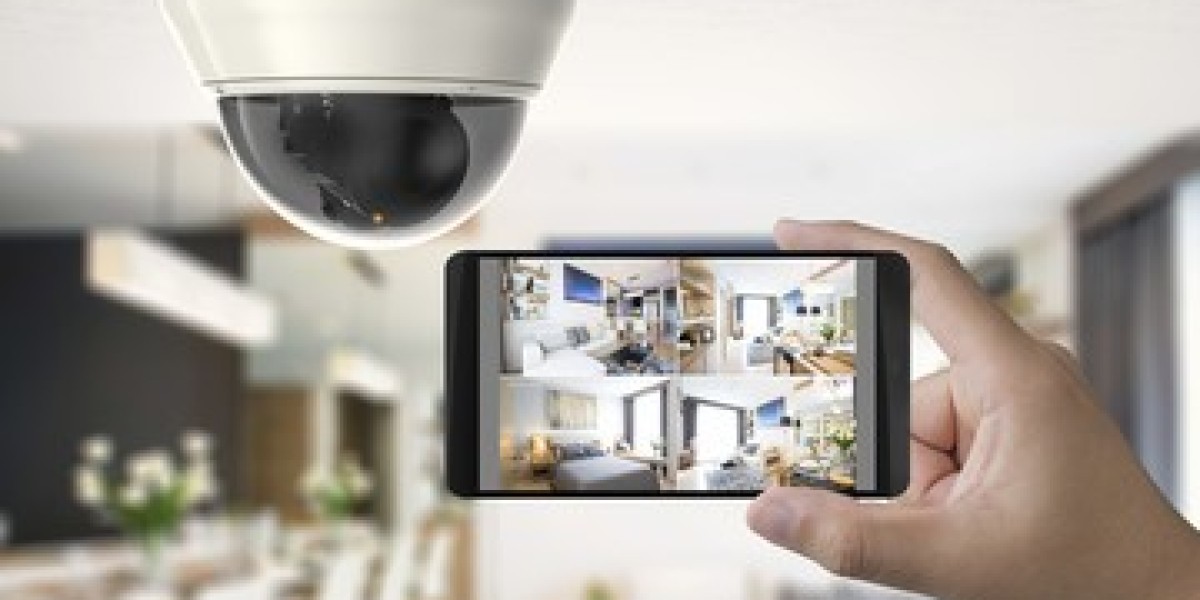CCTV installation has become a fundamental aspect of modern security systems, providing an effective deterrent against crime and ensuring the safety of people and property. Whether for residential or commercial purposes, setting up a reliable Closed-Circuit Television (CCTV) system can significantly enhance your peace of mind. In this comprehensive guide, we will delve into the essential considerations and step-by-step process of CCTV installation, helping you make informed decisions and maximize the effectiveness of your surveillance setup.
Assessing Your Security Needs
Before diving into CCTV installation, it is crucial to evaluate your security needs thoroughly. Start by identifying the areas that require surveillance, taking into account entry points, high-traffic zones, and vulnerable spots. Consider the potential risks and threats specific to your environment, such as burglary, vandalism, or unauthorized access. Assessing these factors will help determine the number and types of cameras required, the resolution and features needed, and the right placement for optimal coverage.
Choosing the Right CCTV Cameras
Selecting the appropriate CCTV cameras is a critical aspect of the installation process. Various types are available, such as dome cameras, bullet cameras, and PTZ (Pan-Tilt-Zoom) cameras, each catering to specific needs. For outdoor surveillance, weather-resistant cameras are essential, while infrared (IR) cameras facilitate night vision. Additionally, consider camera resolution, image quality, and lens types, as they directly impact the clarity of recorded footage. Integrating advanced features like motion detection, wide dynamic range (WDR), and remote access capabilities will further enhance your CCTV system's performance.
Determining the Ideal Camera Placement
Proper camera placement is vital to ensure comprehensive coverage of your premises. Aim to eliminate blind spots and achieve a balanced view of all critical areas. Entrances, exits, parking lots, and stairways are commonly targeted spots that necessitate careful camera positioning. Consider installing cameras at heights where tampering or obstruction is less likely. Moreover, ensure that cables and connections are securely concealed to prevent interference and sabotage attempts.
Setting Up the CCTV System
Once you have selected the cameras and determined their locations, it's time to set up the CCTV system. This includes installing the cameras, running cables, and connecting them to the recording device, such as a Digital Video Recorder (DVR) or Network Video Recorder (NVR). Configure the system settings, such as motion detection sensitivity and recording duration, according to your preferences. Ensure that all cameras are functioning correctly, and the recorded footage is accessible through monitoring stations or mobile devices.
Maintaining and Upgrading Your CCTV System
Regular maintenance is vital to keep your CCTV system functioning optimally. Clean camera lenses, inspect cables for damage, and update the firmware regularly. Consider upgrading your system as technology advances, ensuring you have the latest security features. Routinely check for software updates and explore additional functionalities that could benefit your surveillance objectives.
Investing in a well-designed CCTV installation is an investment in your security. By following this guide, you can safeguard your property and enjoy greater peace of mind.



